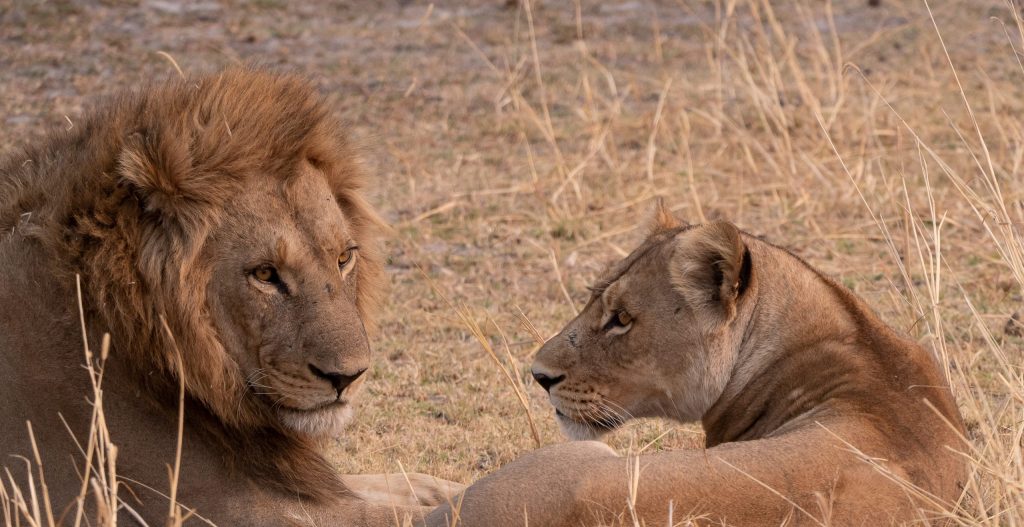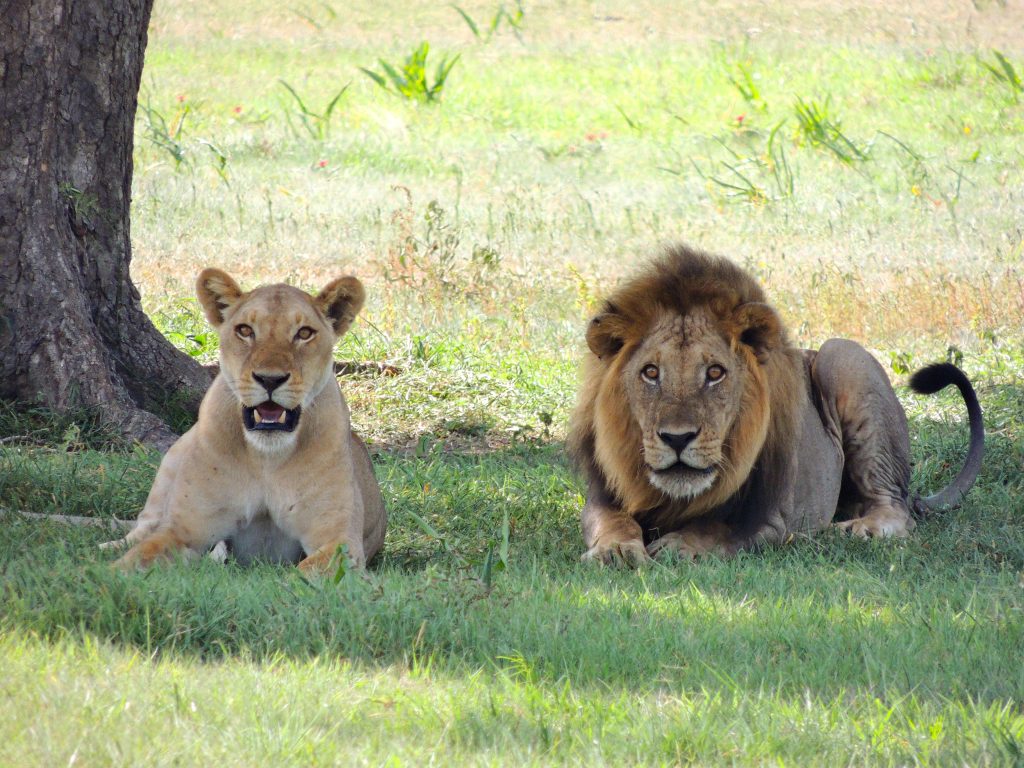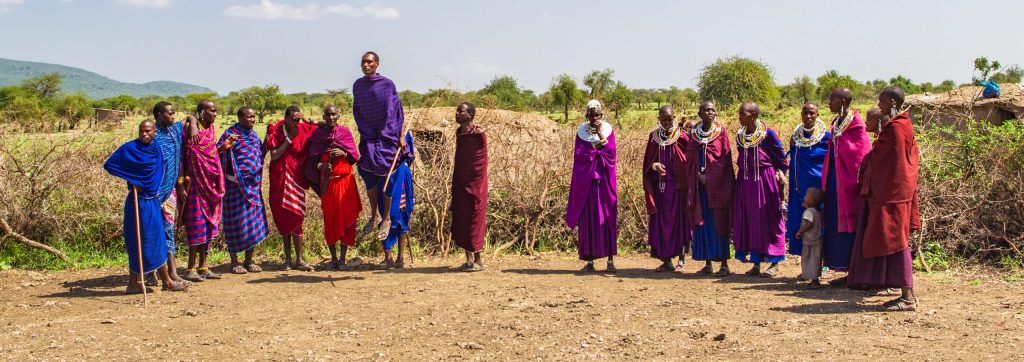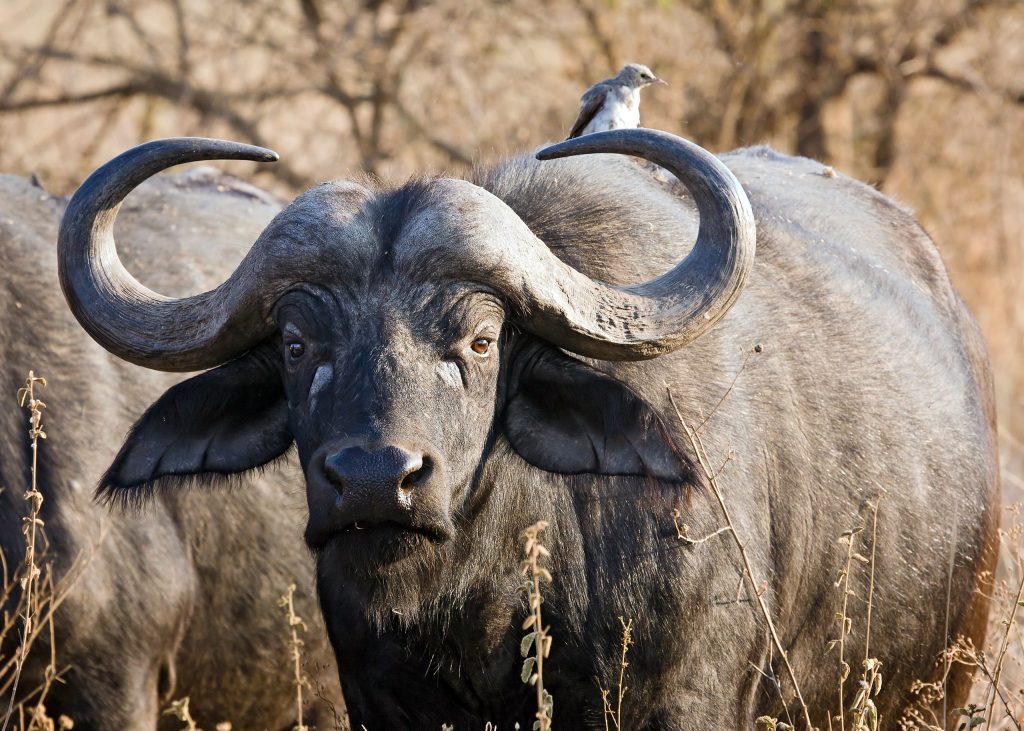Swirls of opaque mist hide the advancing dawn. The first shafts of sun colour the fluffy grass heads rippling across the plain in a russet halo. A herd of zebras, confident in their camouflage at this predatory hour, pose like ballerinas, heads aligned and stripes merging in flowing motion.
Mikumi National Park abuts the northern border of Africa’s biggest game reserve – the Selous – and is transected by the surfaced road between Dar es Salaam and Iringa. It is thus the most accessible part of a 75,000 square kilometre (47,000 square mile) tract of wilderness that stretches east almost as far as the Indian Ocean.
Mkata Floodplain
The open horizons and abundant wildlife of the Mkata Floodplain, undoubtedly the most popular centrepiece of Mikumi, draw frequent comparisons to the more famous Serengeti Plains.
Lions survey their grassy kingdom while the zebra, wildebeest, impala and buffalo herds migrate across it. From the flattened tops of termite mounds, or sometimes, during the rains, from perches high in the trees. Giraffes forage in the acacia stands that fringe the Mkata River, islets of shade also favorite by Mikumi’s elephants.
Criss-crossed by a good circuit of game-viewing roads, the Mkata Floodplain is undeniably the most reliable place in Tanzania for sightings of the powerful eland, the world’s largest antelope. The equally impressive greater kudu and sable antelope haunt the miombo-covered foothills of the mountains that rise from the park’s borders.
It is especially compelling that more than 400 bird species have been recorded at Mikumi. Colorful common residents as the lilac-breasted roller, yellow-throated longclaw and bateleur eagle joined by a host of European migrants during the rainy season. Unquestionably hippos are the star attraction of the pair of pools situated 5km north of the main entrance gate, supported by an ever-changing cast of waterbirds.










